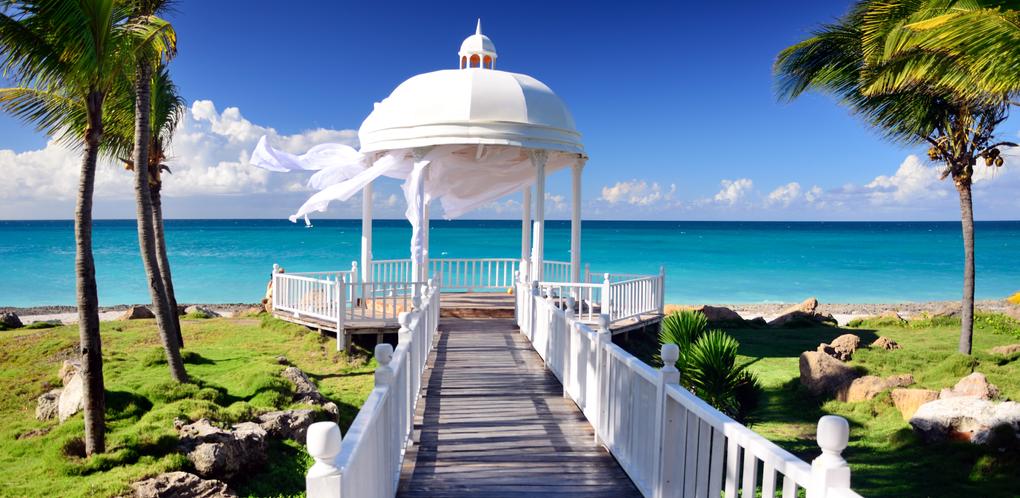
Cuba travel guide
Cuba Tourism | Cuba Guide
You're Going to Love Cuba
A country filled with bright architecture and gorgeous beaches, Cuba is a unique mixture of old and new. Visitors see a traditional side of the country while also experiencing the modern explosion of art, music, and food that it has undergone in recent years.

What to do in Cuba
1. Visit the Viñales Valley
Consider paying a visit to the Viñales Valley.
This lush region of Cuba is known for being a UNESCO World Heritage Site and for having many scenic hiking and biking trails.
2. Pay a Visit to Old Havana
This neighborhood is considered to be the center and the most popular area of Cuba's capital city.
3. Go to Cayo Largo del Sur
The island is a popular destination among visitors due to the fact that it is a common area for sea turtles to lay their eggs.
4. Go to Castillo de la Real Fuerza
The fort is located directly on the ocean that dates back to the 16th century and includes a war museum that contains a selection of artifacts and photographs.
5. Visit Finca Vigía
This was the home of the famous writer Ernest Hemingway, which has since been restored and can now be toured by visitors.
When to visit Cuba
The most popular period to visit the country is between the months of December and May, as this is the dry season, meaning there is ideal weather for going to the beach.
How to Get to Cuba
Entry Requirements
Citizens of most countries need to have a visa tourist card in order to enter Cuba, with some exceptions being Montenegro, Serbia, and Singapore. As of 2017, Americans can visit the country for one of the 11 reasons designated by the Office of Foreign Assets Control, with one of the most common being Support for the Cuban People.
Plane
Flying is the most common way to arrive in Cuba, and many travelers land at Jose Martí International Airport, the largest airport in the country that services flights from the United States, Europe, Mexico, and Canada.
Boat
Although there are no official ferries or boats that will bring you to the country, travelers that are operating their own private vessels are able to enter Cuba from marinas in either Havana or Varadero.
Popular airlines serving Cuba
Where to stay in Cuba
When looking for lodging in Cuba, many travelers often opt to stay in a hotel that is run by the state, a majority of which are placed in colonial buildings that have since been restored, or in family-owned bed & breakfasts.
Where to stay in popular areas of Cuba
Most booked hotels in Cuba
How to Get Around Cuba
Public Transportation
Buses are the most popular, affordable and effective modes of transportation in Cuba. In Havana and Santiago de Cuba, public buses will bring you to the most popular spots throughout the city.
Trains
The primary train that runs throughout Cuba is the line that connects the cities of Santiago de Cuba and Havana, with a major stop being Camagüey.
Bus
If you would like to take a bus to explore the country, you will find that Víazul is the largest company to travel with. This company will take you to a selection of popular cities, including Santa Clara and Trinidad.
Car
It is possible for travelers to rent a car in Cuba, with the recommendation being that you pick up the vehicle from the airport. Depending on what model you opt to drive, the price will be approximately 65 CUC (65 USD) per day, including insurance.
Plane
The quickest way to travel between two different cities is by flying, and Cuba has several local airlines to choose from, including Aero Caribbean and Cubana de Aviación.
The Cost of Living in Cuba
This country accepts two primary currencies, which are known as the Cuban Peso and the Cuban Convertible Peso, and both debit and credit cards are rarely used. If you will be eating dinner in a state-run hotel or restaurant, you can expect to pay between 20-30 CUC (20-30 USD) for your meal, while souvenirs, such as a locally made CD containing traditional music will cost you approximately 20 CUC (20 USD). When grocery shopping, you will find that 2 lb of local apples will cost you less than 3 CUC (3 USD), and bread for two people is between 0.70-0.80 CUC (0.70-0.80 USD). If you purchase a monthly transportation pass, you can expect to pay closer to 23 CUC (23 USD).